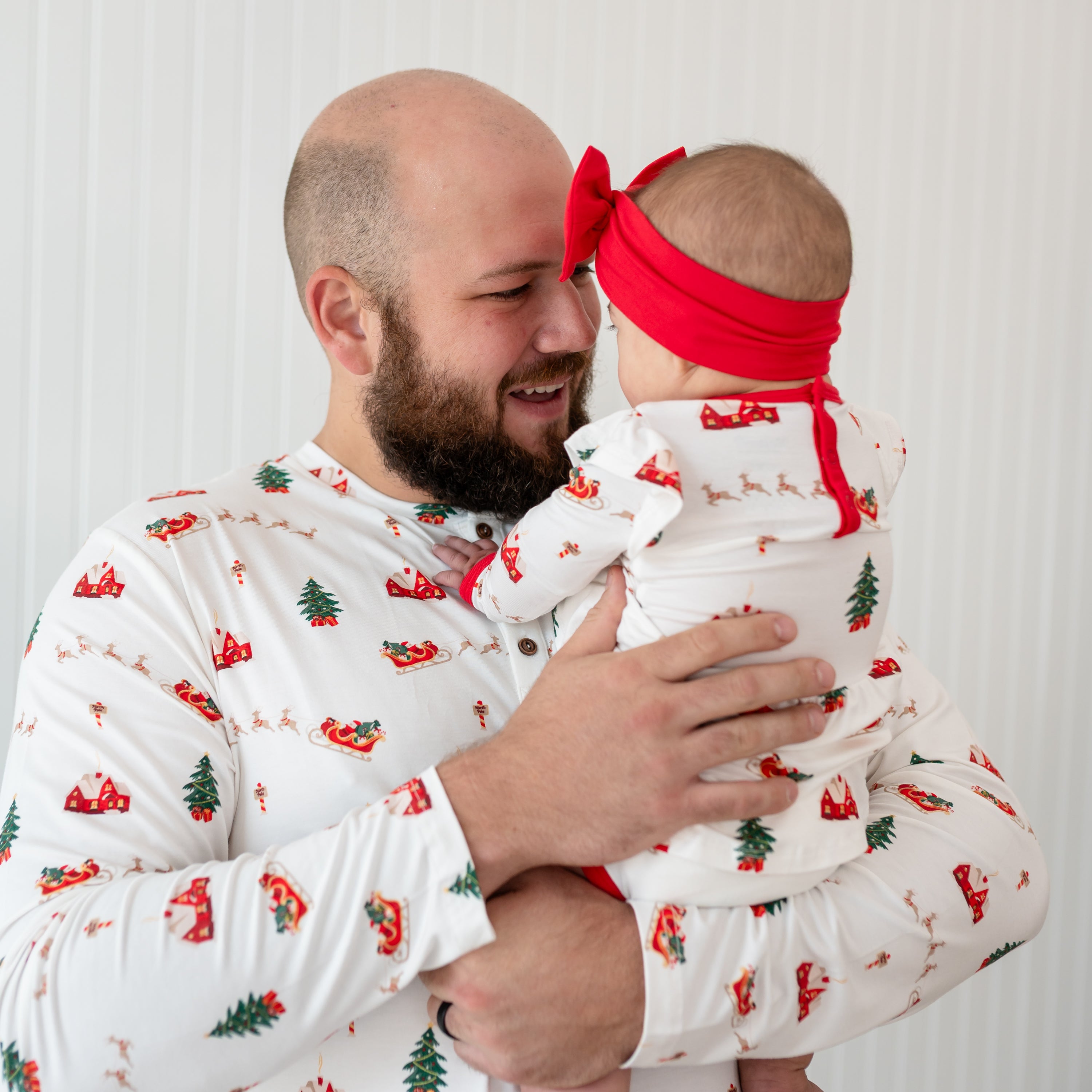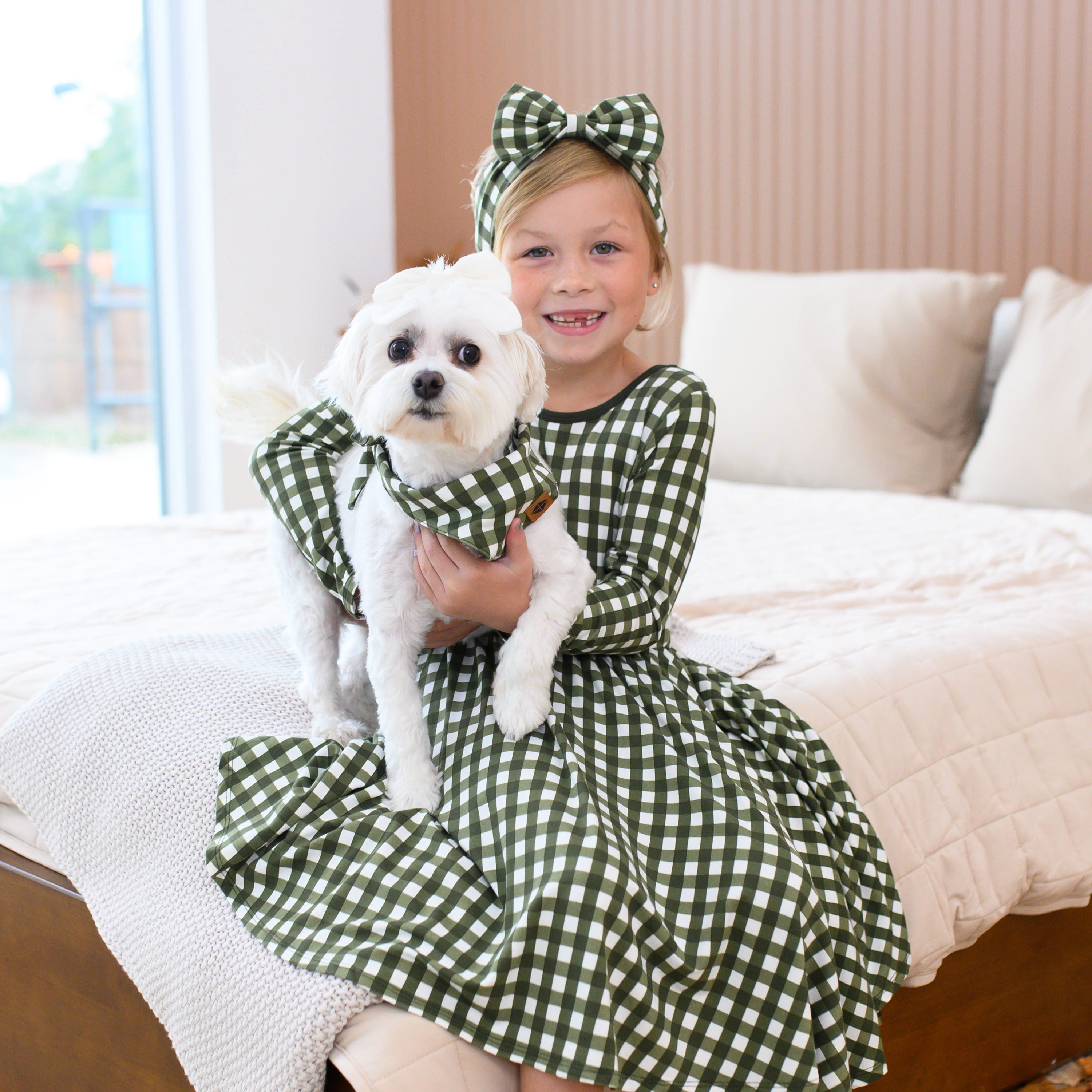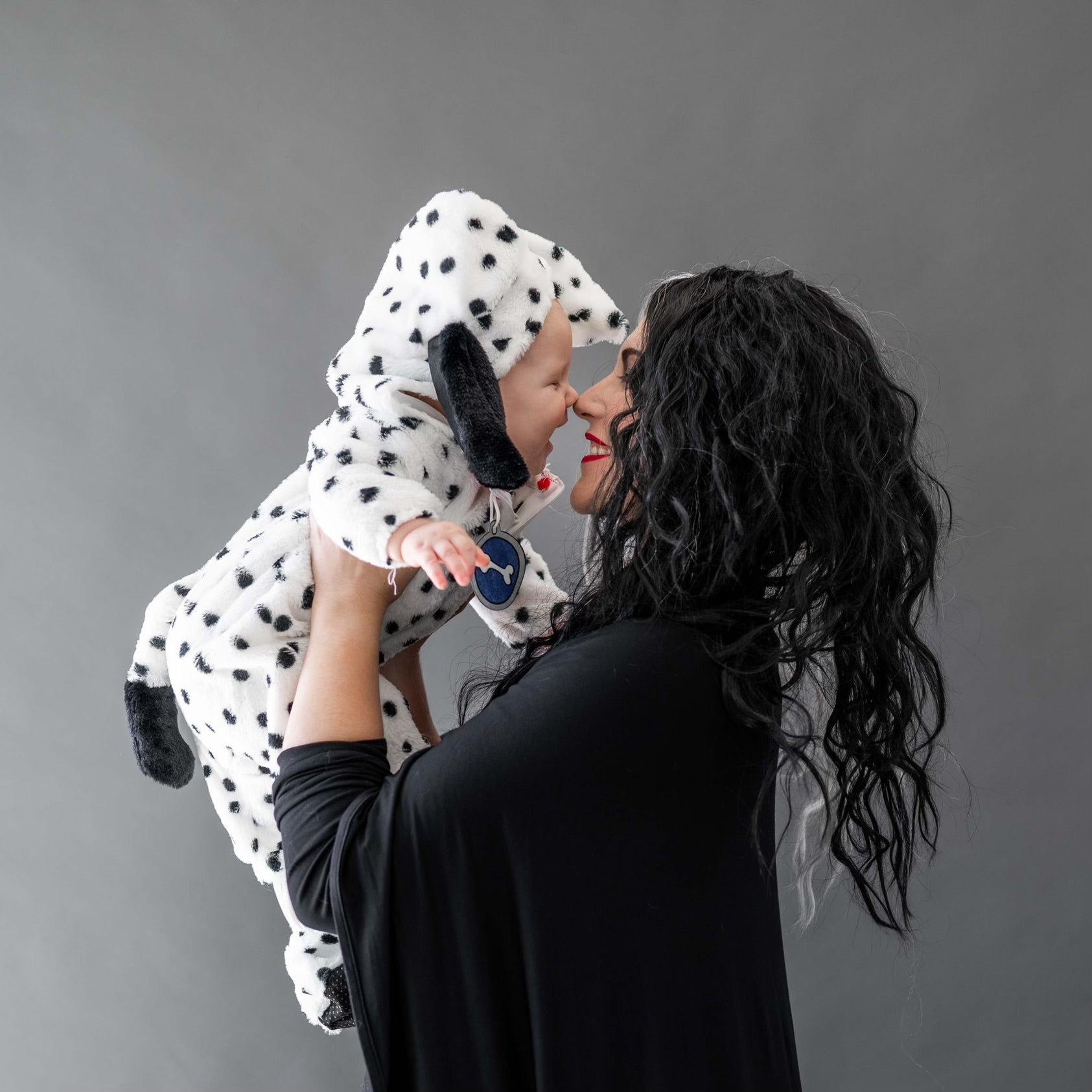Once upon a time, in the early days of parenthood, I had a silly thought: Do I actually need to baby proof? It probably isn’t necessary as long as I’m watching my baby closely. Did you hear that? That was the sound of millions of parents around the world laughing along with you. Sure, when my daughter was a newborn with zero mobility, baby proofing seemed like one of those things that were optional as long as you were careful. Nope. I couldn’t have been more wrong. Babies and toddlers are uncannily fast and strong. My day-to-day consists of me saying, “No, don’t touch that! No, stop that! Don’t throw that! Don’t hit me! What did you just put in your mouth? Be careful!” Put those 6 phrases on repeat, and welcome to my life.
Children are curious creatures, and that curiosity is actually a desire to learn. It motivates them to explore the world and learn its rules by testing boundaries. Everything is new to them! But, while watching them marvel at the most mundane things is endearing enough to make our hearts burst, we also have to constantly stop them from being a danger to themselves. We would ideally like children to explore independently without having to hover over them, but that’s not always possible. Bumps, scrapes, and bruises are an inevitable part of childhood, but we want to do our best to prevent any life-threatening injuries and let them explore safely, and we do that by baby proofing our homes.
The most common injuries that babies suffer are: falling and tripping; burns; poisoning; drowning; choking; furniture tipping over; suffocating during sleep; and electrocution. Most of these are preventable, and although falls are not, we can still reduce the risk of serious injury frm a fall against a coffee table with something as simple as edge protectors. Baby proofing involves more than just products like latches and gates; it also involves you, such as active supervision around water and safe sleep practices. You’ll never be able to prevent every accident, but the goal of baby proofing is to reduce the amount of dangerous situations your baby can get into. This keeps your baby safe and also means you have fewer things to worry about on your very busy plate!
Your baby proofing needs will change as your baby grows, but there’s really no such thing as starting too early. If you’re expecting, you should begin now so that it’s already taken care of by the time you need it. Oftentimes, we don’t realize we need the cabinet latches until our littles are already getting into the cabinets. Since there’s so much to remember, it’s easy to overlook normal parts of your house that pose a secret danger to your baby. Luckily, we’re covering all there is to know about baby proofing your home, and we’re doing it by age, so you’re ready for it all!
NEWBORN
-
Keep baby’s crib free of any pillows, bumpers, stuffed animals, and blankets
-
Check that none of the crib slats are more than 2 and ⅜ inches apart and that all bolts and screws are tight
-
Position the crib away from windows, heaters, lamps, and wall decorations
-
Place baby monitors and their electrical cords at least 3 feet away from the crib
-
Replace any corded blinds or curtains or install safety tassels and/or cord stops
-
Never leave baby unsupervised on the changing table or during bath time
-
Install smoke alarms and carbon monoxide detectors
-
Purchase a fire extinguisher and learn how to use it
-
Stock your medicine cabinet and first aid kit
-
Learn infant and child CPR
-
Make sure your house or apartment number is easily visible
-
Install baby gates
-
Adjust the water heater temperature to be less than 120 degrees Fahrenheit
-
Anchor TVs and furniture
-
Put non-slip pads underneath rugs
-
Install a fence around any pool or hot tub
-
Consider replacing chemical household cleaners with natural alternatives
-
Get flaking or peeling paint sealed or removed by a professional
-
Put a thick rug or carpet below the changing table
When you have a newborn, life becomes so chaotic, that it may be hard to find the time to check all the boxes on this list. The solution? Do this before baby arrives. It'll put your mind at ease and you'll be glad that you took care of the big stuff when you had the time to do it.
CRAWLERS
- Use outlet covers on any unused outlets
- Remove nightlights in any lower outlets.
- Use stationary play centers instead of baby walkers
- Consider carpeting or non-slip mats on any stairs
- Install a baby gate for any stairs
- Make sure stairways are well-lit
- Install a fireplace screen
- Cover sharp edges and corners on furniture
- Remove any breakables or valuables
- Keep items away from the edges of tables and countertops.
- Secure and hide electrical cords, including lamp and appliance cords.
- Install latches on the oven door.
- Keep choking hazards, such as loose change or rubber bands, away from baby
- Avoid using toys that require button batteries
- Keep household cleaners and medicines in latched, high cabinets
- Keep Poison Control on speed dial: 1-800-222-1222
- Turn any pot handles inward on the stove and only use the back burners
- Empty bathtubs and buckets of water immediately after use
- Get a non-slip bath mat
- Check the house and yard for poisonous plants
If someone gifts you a toy that requires a button or lithium coin battery, you don't need to throw it out or give it away. But, it's important to be aware of the dangers that batteries, especially this type, pose to children. They're found in remote controls and many household items, including children's toys. Babies love putting things in their mouths. It's their natural way of exploring, but these batteries cause thousands of children a trip to the emergency room each year. When it come into contact with body fluids, the lithium coin battery generates a current that produces small amounts of a corrosive chemical that is similar to lye. If the battery is stuck somewhere, it burns a hole in that spot, which is usually followed by infection, and can lead to serious injury, disability, or death.
If this battery is lodged in the nose or ear, there may be drainage or pain. It can cause damage to the eardrum or nasal septum, and cause permanent damage. When it is lodged in the esophagus, it can damage the esophagus, windpipe, lungs, and large blood vessels. This can be life-threatening. Awareness is the key to prevention, so while it isn't necessary to throw away anything in your home that requires these batteries, being appropriately cautious is good. Make sure the battery compartments are secured and check often. You can also place tape over them for added security!
TODDLER
-
Keep windows latched
-
Lock doors to the outside
-
Keep household medications in child-proof containers and in a high cabinet
-
Always unplug electric appliances and keep them out of reach
-
Remove sharp items from countertops
-
Lock or use knob covers on doors to cellars and/or garages
-
Install stove knob covers
-
Keep hot foods and liquids away from table edges, table cloths, or placemats
-
Ensure that couches and other furniture are not placed next to balconies or railings
-
Install toilet lid locks
YOUNG CHILD
-
Check that previously installed latches, locks, and gates are still effective
-
Explain dangers to your child
-
Keep cleaners and medications out of reach
-
Practice fire drills with your child
-
Make an escape plan and practice it at least twice a year
-
Check your smoke alarms and carbon monoxide detectors each month
-
Keep matches and lighters out of reach
-
Install window stops or guards on windows on upper floors
-
Do not allow your child to use the microwave
-
Teach child their full name, street address, and your phone number
-
Teach child how to call 911
-
Continue supervision during bath time
-
Keep firearms unloaded and securely locked away
-
Remove any storage trunks which cannot be opened from the inside
Once you’re a parent, you become hyper-aware of all the ways that everyday objects can pose a hazard. It’s certainly nerve-wracking, to say the least, as your little one becomes more mobile and goes looking for trouble. Although accidents will inevitably happen, it’s worth noting that your #1 best defense against them is active supervision. The more present you are with your child, the less likely it is that they’ll get injured. This is especially important around baths, kiddie pools, or any water. The leading cause of injury death in children ages 1-4 years is drowning, and it can happen quickly and silently in as little as an inch or two of water. Scary stuff. So, make sure you’re on high alert and be as intentional as possible when supervising your little. Since life happens and you can’t spend your entire day hovering over your child, baby proofing can make a huge difference in minimizing the dangers. Not only will it make your home a safer place, it’ll make your life a whole lot easier. Below are some handy checklists you can print out and use to make sure you've covered all your bases!




























